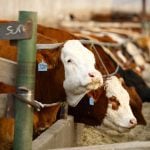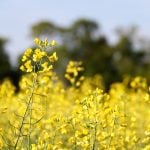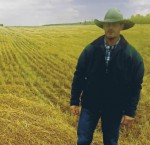More than a low-cost way to finance cattle
Government backing for a percentage of bank loans taken out by feeder associations was a product of the Depression years in Alberta. Though it took nearly 50 years for the loan guarantee program to start gaining a foothold in other provinces, the long-standing success of feeder finance co-operatives and the addition of breeder finance co-operatives […] Read more








